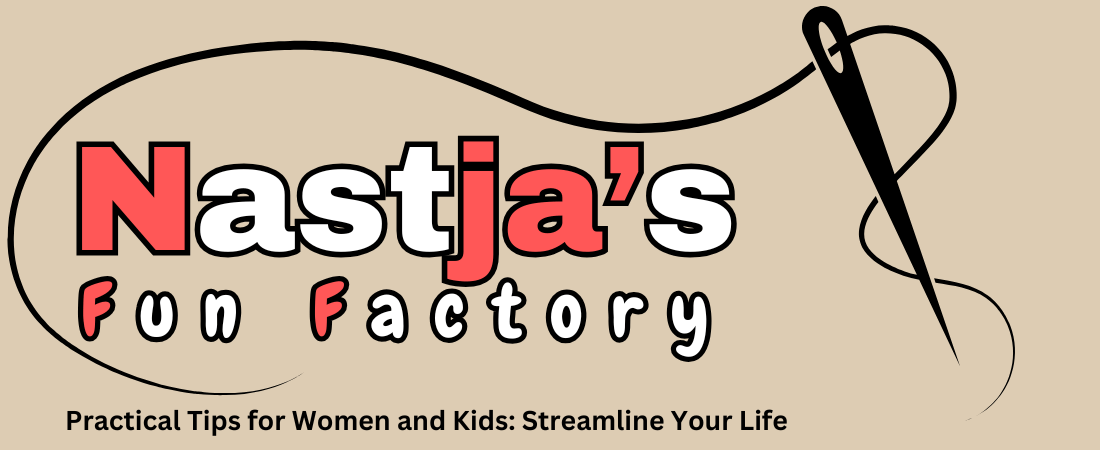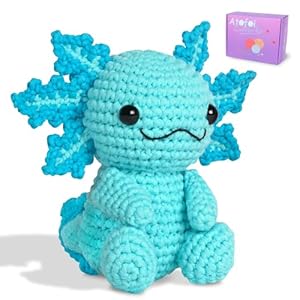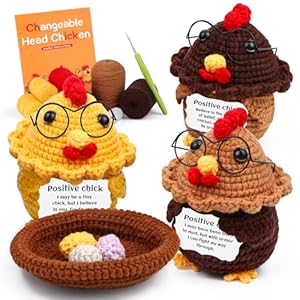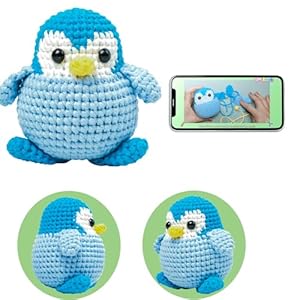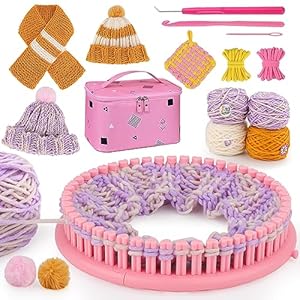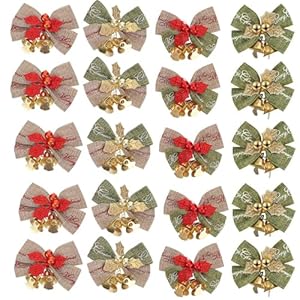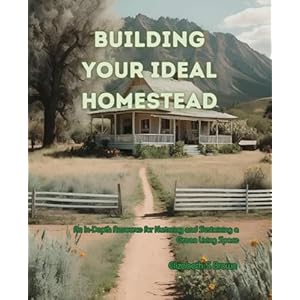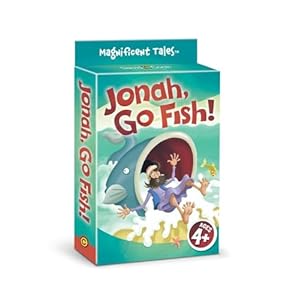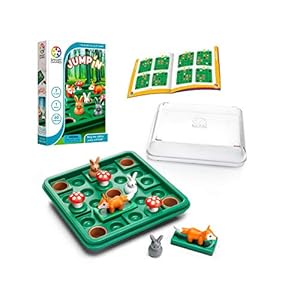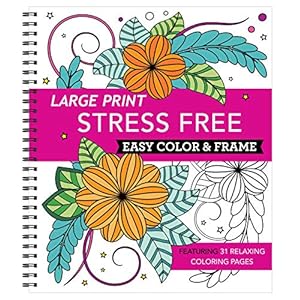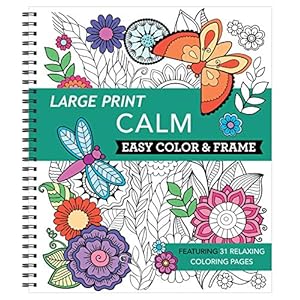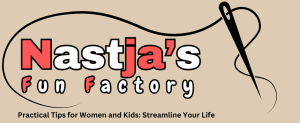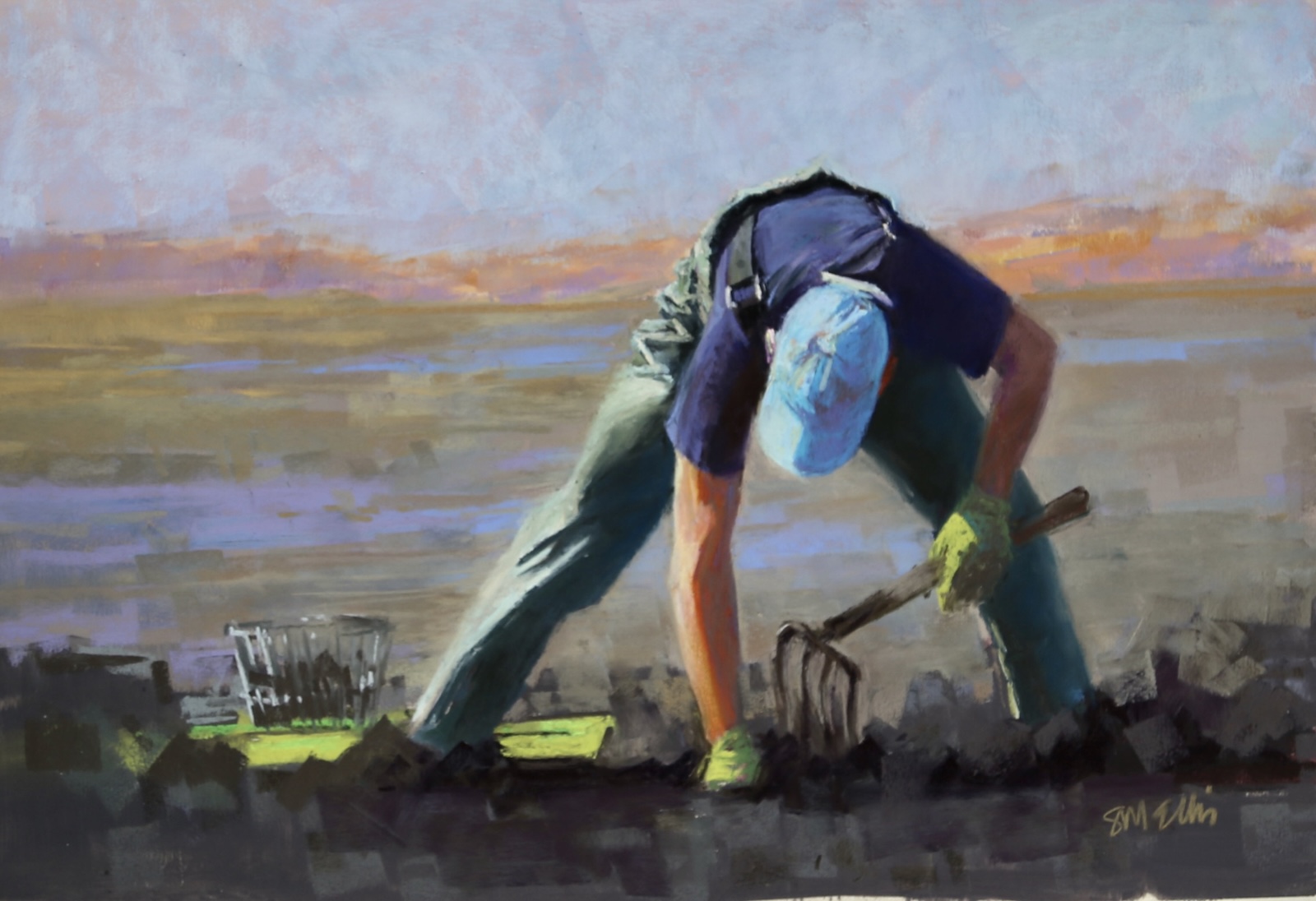
Every time a pastel painting by Susan Ellis pops up on social media, it stops my scrolling. I’m always struck by the dynamic shapes, the strong value pattern, the focused attention on her subject, and her colour choices. And, I’ll admit that I’m partial to paintings with figures and their narratives. So I’m delighted to have Susan Ellis here as a guest to share her experience and process!
Before we get to Susan’s words, first a bit about her.
BIO for Susan Ellis
Susan Ellis grew up in Massachusetts and moved to the Washington D. C. in 1985 to raise her family. Susan enrolled in a self-paced art education at the Art League of Alexandria, Virginia and credits the instructors there with teaching her pastel painting along with a very comprehensive art education. In 2015 she moved to Ipswich, Massachusetts and instantly fell in love with its coastal landscape and especially the local clamming community. You can see more of her work here.
And now, here’s Susan!
*****
My interest in depicting the local clammers is born of a confluence of my love of figure drawing and my fascination with the clammers’ powerful narrative.
For an artist, Ipswich in Massachusetts has it all – beautiful coastal vistas, beaches, rocky cliffs, marshes, and colourful sunrises and sunsets. In the midst of this beautiful natural setting, you can often observe local clammers bent over in the muck, digging clams with his or her clamming fork and bucket. The traditional work of clamming is physically demanding and usually solitary.

People have been digging for clams since the dawn of time. I witness both commercial clammers and locals daily. Courageous tourists can be seen occasionally trying their hand at this arduous activity.
So why do I paint clammers?
Basically, painting clammers is my reality. I see them as I drive or walk through my neighbourhood. I’m so fortunate to live in a beautiful oceanside community and watching the clammers work makes all the seascape beauty feel real to me. We all love a beautiful sunset or sunrise but watching humans in the landscape trying to make a living or benefitting from this bounty speaks to me.
The timeless story of man (or woman) vs nature never gets old. I love the narrative of the solitary person pacing on the beach. Watching the (mostly) men working alongside other men as they get into their boats and organise their equipment, discussing the weather conditions and specific challenges of their shared work, never ceases to delight me. They support each other in this very old tradition even in today’s modern world. Many of these clammers have been working alongside each other and their families for generations.

From a figurative artist’s perspective, the clammers, bending at the waist, reaching, pulling, and stretching, provide me with an unlimited supply of fabulous compositions. When you consider these compelling human compositions in a landscape of such beauty, inspiration comes easily!
My process
Because a wet sandy beach is no place for pastels, I generally develop compositions and work from my photographs. I take hundreds of photos of anyone clammer at a time.
When photographing, I look for wonderful shapes and an interesting narrative. The shape of the clammer, bending over, is basically a triangle which makes a very stable design element. I look for landscape shapes that accompany that triangle. I’m also drawn to the visual effort of a clammer – pulling, pushing, digging, or wiping their brow.

Finally, I often find myself attracted to an unusually coloured shirt or hat. It’s always fun to contrast the warm highlights and cool shadows of a white shirt in the sunshine and then add jet brown and black wet mud splatters or sweat spots. I thrill when I spy a clammer covered in grey or brown overalls, sweatshirt, boots, gloves and then I see a bright pink ear peeking out from under the brown cap. A small indication of warm human life in all the dull brown. The contrast is both exciting and real.
When I return to my studio, I study and search the photo group for any images I find inspiring. I look for the lighting, composition, narrative, or any interesting detail, such as seabirds, descriptive clothing, or attitude.

The next phase is to have fun manipulating the photos on my iPad using the Procreate app. I love changing the composition by cropping, changing the orientation, or recolouring the image. Anything goes at this point.
Once I have a good plan, I redraw the image in my sketchbook. It’s here that I hope to capture my personal voice and not solely rely on the photograph for mood and narrative.

My next phase is to draw the figure on good drawing paper the exact size of the finished painting. Here I employ the “envelope method” of drawing by recreating the figure using graphite pencil and a ruler. I’m breaking down the figure into major shapes and angles. I learned this method from the many classical figure drawing classes I’ve taken. Often I will create a simple value plan on top of this drawing, again with bold major shapes. I feel this keeps my figures simple and true.
Once I’m satisfied with the drawing, I transfer it to my pastel paper. I use graphic transfer paper on top of my PastelMat. I find the PastelMat paper has a really great texture for my work. I have also worked with UART sanded 400 grit paper.

The next phase is the underpainting phase.
With gouache, I paint on the line drawing. I love the freedom gouache paint provides. It helps set up a solid design-based underpainting where I can focus on large shapes. An opaque medium, it dries quickly and washes up easily with water.
I mix large colourful puddles of colour on my side table/palette which I then apply to the pastel paper with large watercolour brushes. I often choose a complementary colour underpainting but also love choosing one colour that I feel will harmonise with my intended colour scheme. If I feel I need some texture, I swish analogous colours of gouache on my palette and casually paint on the paper, allowing drips and areas of uneven colour. I have even used a palette knife to scrape and move the gouache around. Often, I can be found putting the wet underpainting outside in the sun to shorten the drying time.

I use many different colour schemes. Most often, a complementary colour scheme works very well. Because so many of my paintings are of coastal scenes which consist of blues and grey, I often use an orange/red gouache underpainting to warm up and support all the local cool colours. However, this is also the phase where an unusual or multiple colour scheme can really add spice to the final pastel painting. I have found that when working with wet and messy gouache, I’m able to introduce spots of spontaneous colour and texture that enhance the painting, especially in the foreground.
Finally, I open up my pastel trays and paint with pastels.
I begin by painting the largest shapes first, always keeping in mind values. Most often, I like to start with the sky as I find all the colours must include and work with the light in the sky.

Depending on the time of day and time of year, the light changes dramatically. The human figure almost always demands to be the focal point, so I tend to paint the figure with the most detail and keep the setting simple and more abstract. I use a variety of pastels from Terry Ludwig, Girault, Jack Richeson, Unison Colour, and Sennelier. I love them all and I don’t spend any time thinking about which brand I use at any given time.
Finally, finishing the pastel painting can be a tricky decision. When is it finished? How much more detail do I need? I’m not sure I ever will know the answer. I’ve always kept in mind the advice to stop when you think you have painted/stated your intent and no more. Hard but great advice I think.

Many have noted that there’s an abstract quality to my work. It’s definitely the foundation for my compositions. I would like to increase the abstract quality even more in the future. I know that my work sometimes suffers from too much detail and I’m beginning to see that working repeatedly with this one subject may allow me to start to economise with my details and hopefully get to a point where I can say even more with less.

I won’t lie, painting figures in a landscape is definitely a constant challenge. Painting from photos can often produce a “pasted-on” effect. To combat this, I try to spend time out on the beach or mud flats observing the conditions and light and studying how they affect the figure. A strong directional light always helps.
I constantly remind myself that the figure is a solid 3D object and I have to look very hard to see how the light washes over the figure both from top to bottom and all around. I also note how the colour of the light infuses both the figure and landscape. Certainly, drawing from life is key and helpful even if I’m not doing it on the beach.

I do feel I have a lot more to say and explore with the clammer narrative. It’s an ongoing and timeless subject. People have been clamming for generations and I see old, young, male, and female clammers. I don’t know how climate change will affect the clamming in our area. Will it continue or finally phase out if the clam beds erode? I’m also looking forward to painting people who fish or who harvest lobsters – both vital and common activities in this area.

~~~~~
WOW! One of the main things that strikes me as I view Susan Ellis’s paintings is her unwavering focus on using clammers as her ongoing subject. By doing so, she creates a deep understanding of these figures at work, the shapes they form, and their environment. She elevates the arduous work of clamming into the realm of art.
I’d love to hear your reactions to this guest post by Susan Ellis. And I’m sure she’d love to know your thoughts and questions so do be sure to leave them as comments!
Until next time!
~ Gail
Trending Products
